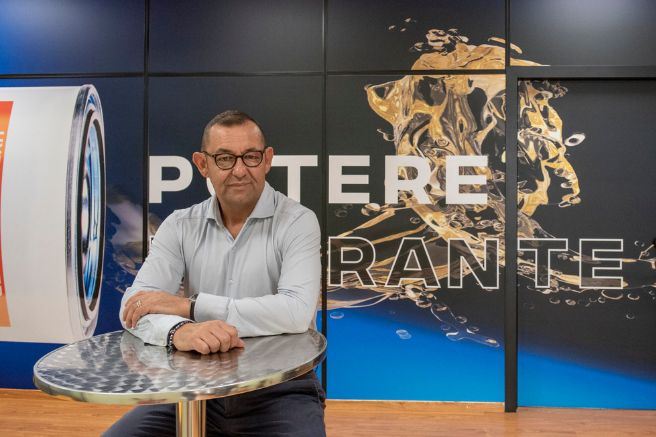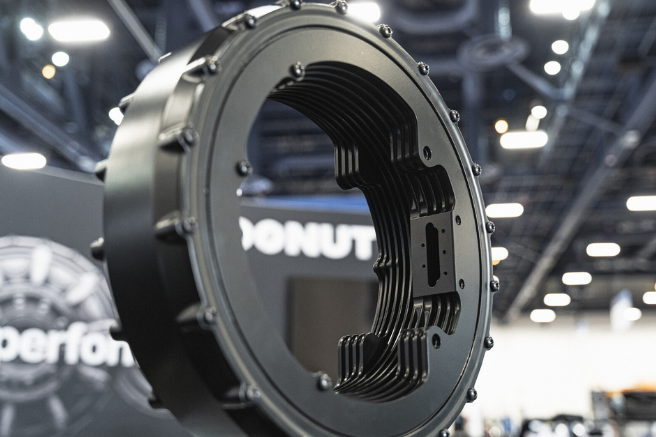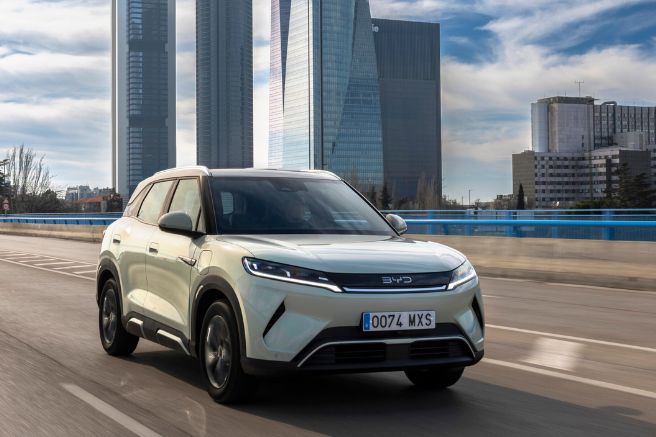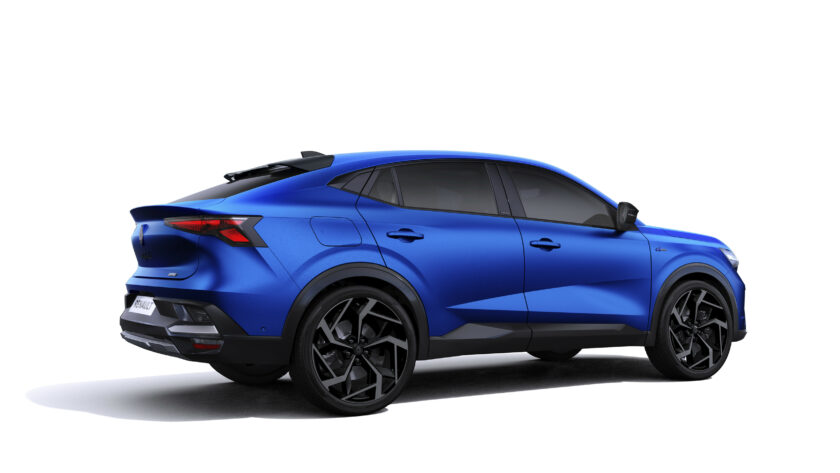
The French term “Rafale” can be translated into Italian as “Raffica,” a word that typically refers to an unexpected, forceful, and disruptive wind. A term that encapsulates power and speed, it was chosen in 1985 as the name for future French multirole fighters produced by the Dassault group, which later entered service in 2000. More recently, Renault drew inspiration from these ultra-modern and feared delta-wing combat aircraft to capture the spirit of its high-end D-segment SUV, launched in June last year with a 200-horsepower full hybrid-petrol engine. Renault also announced plans to introduce a more powerful 300-horsepower version of the vehicle. In May of this year, this new version debuted, called the “Rafale E-Tech 4×4 300 hp,” presented as the pinnacle of the most advanced technical features available on the market today, from an electrified, robotic powertrain to an intelligent chassis, along with all-wheel-drive and steering systems.
In terms of engines, the car uses the same power unit as the entry-level models, a three-cylinder 1.2-liter engine. By turbocharging it, the maximum power has been increased from 120 to 150 horsepower. This unit is paired with three electric motors, two of which are designed to manage, when necessary and even simultaneously, the front and rear axles. At the front, there’s a 70 hp motor with 205 Nm of torque, while the rear features a 136 hp motor with 195 Nm of torque. A third motor, producing 25 hp and 50 Nm of torque, starts the internal combustion engine, operates the automatic transmission, and helps recharge the battery. When charged via a 7.4 ampere station, the battery can be replenished from 20% to 80% in just over two hours. The propulsion system is complemented by a programmable automatic transmission and an all-wheel-drive system capable of adjusting torque distribution in almost real time, based on driving conditions and the selected mode, through the “Multi-Sense” settings. This allows the car to function as a front-wheel drive—ideal for city driving or full electric mode—as a rear-wheel drive when speeds exceed 70 km/h, or as an all-wheel drive when the road surface requires it.
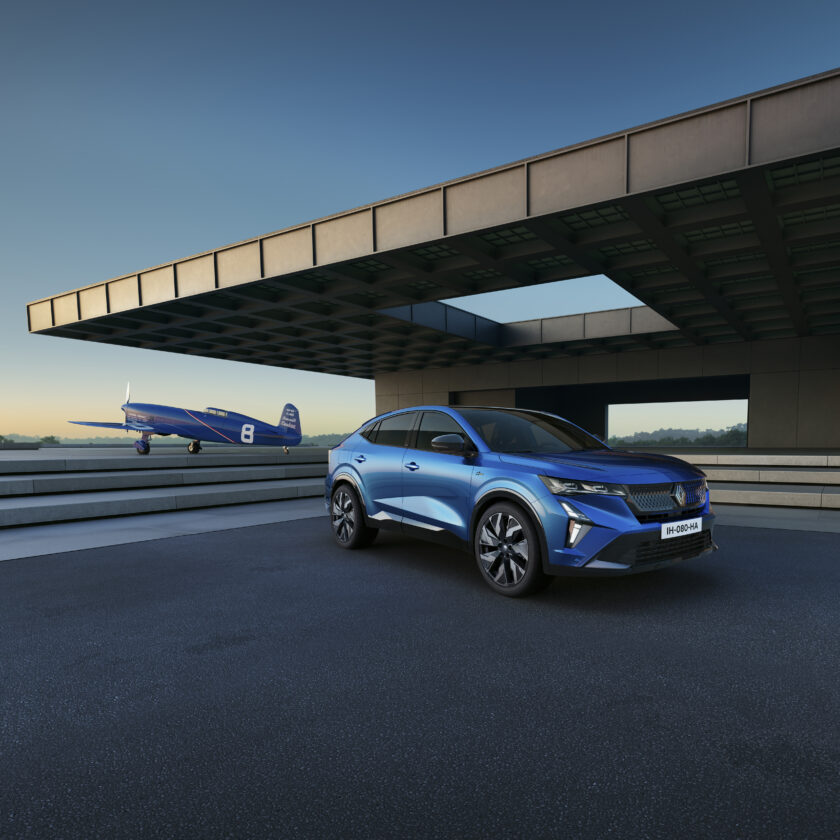
Given its substantial dimensions and to facilitate driving, the car also features a programmable “4Control Advanced” steering system, which adjusts the suspension and steering angles based on three modes: “Comfort,” ideal for city driving; “Dynamic,” for a balance between agility and stability; and “Sport,” which prioritizes handling and driving pleasure. These settings are available across all driving modes—”Eco,” “Comfort,” “Sport,” and “Perso”—but not in the “Snow” mode, which optimizes power delivery, traction, and steering based on a specific program for slippery surfaces. The onboard technology is further enhanced by predictive suspension, meaning a camera mounted on the windshield scans the road and adjusts the suspension in milliseconds to adapt to the terrain the car is about to encounter. This feature, called “Active Suspension with Predictive Camera,” integrates with speed control and driver settings. Naturally, all modern driver assistance and infotainment technologies are included as well.
One thousand kilometers of range
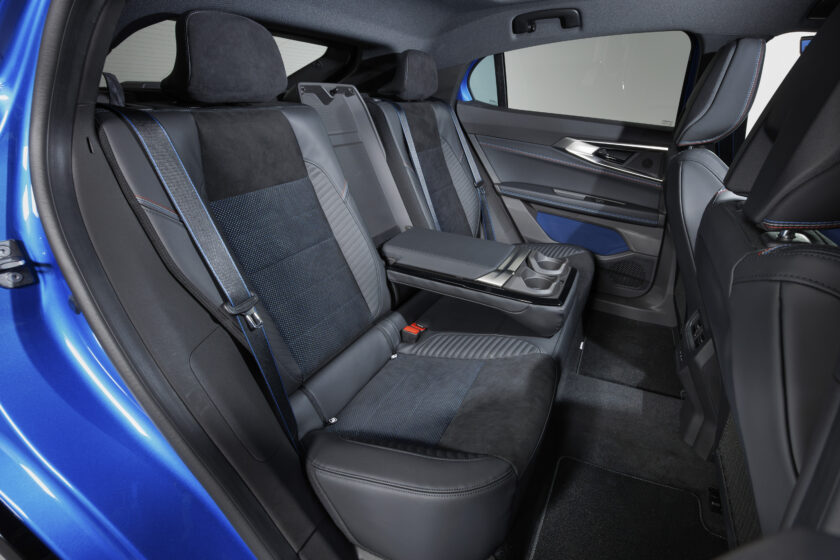
The Renault “Rafale E-Tech 4×4 300 hp” is equipped with a rechargeable 22 kWh battery, which, when fully charged, allows for a range of up to 100 kilometers in WLTP cycle when driving in full electric mode. If the battery’s charge level allows, this electric mode is automatically activated in “Comfort” and “Eco” modes and is maintained based on the power demands of the driver. It can also be “forced” by selecting the “Electric” mode via the “EV Mode” button located on the central armrest, allowing the car to deliver 160 hp and reach a speed of 135 km/h in electric mode. The same button can also control the intervention of the internal combustion engine to ensure that the batteries maintain a minimum charge of 25% if the journey is expected to end in an urban area, requiring full electric driving. Thanks to optimized energy management among the various motors, fuel consumption in the WLTP cycle ranges from less than one liter of petrol per 100 kilometers to six liters per 100 kilometers, enabling a range of 1,000 kilometers with a fully charged battery and a full 55-liter fuel tank.
Two versions
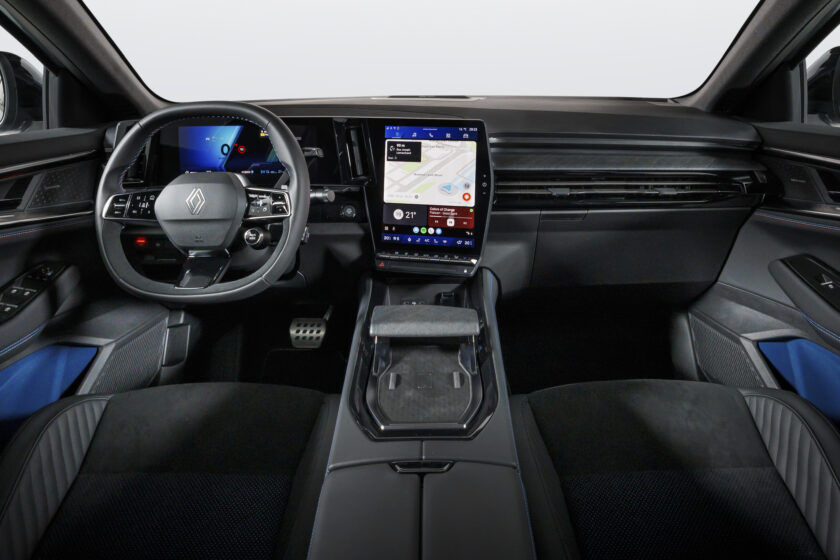
The new Renault “Rafale E-Tech 4×4 300 hp” is available in two versions, named “Esprit Alpine” and “Atelier Alpine.” The latter features the most exclusive elements, also standing out visually from the rest of the range with the exclusive “Blu Deepsky Satinato” paint, inspired by the livery of the Caudron “C.460” aircraft, which won the 1935 “Coupe Deutsch de la Meurthe,” piloted by Raymonde Delmotte at an average speed of 443.96 km/h. The aircraft was powered by a Renault “456” series six-cylinder engine, supercharged and inverted, air-cooled, with 310 horsepower. The engine drove a two-position variable-pitch Ratier propeller and was housed in a fuselage made of spruce and birch plywood. The engine mounts were made of steel and alloy, with magnesium cowling and fuel tanks. The wings featured split flaps, the tailplane’s incidence angle could be adjusted in-flight, and the landing gear was retractable.
Title: With Renault “Rafale E-Tech 4×4 300cv”, burst technologies
Translation with ChatGPT

